Introduction: The Evolving Field of Web Design
The field of web design is evolving with the fast-paced world we live in, and this will only continue. The evolution of web design is not simply about the change in their appearance, but also about the changes in what they do. Web designers are going to have to learn new skill sets besides the ability to create beautiful websites. Web design has evolved from producing a simple static website with HTML, CSS and JavaScript to a complex profession that encompasses UX/UI design, data visualisation and animation skills as well as traditional graphic or web design. There are many changes that have occurred in the field of web design such as how sites are created, how people access them and what makes them successful.
Basic Principles of Responsive Web Design
Responsive web design is a technique that allows a website to change its layout according to the size of the screen it is being viewed on. The goal of responsive web design is to optimize a site for each specific device. It does this by detecting the user’s device and displaying the site in its most suitable format. This means that the same content can be viewed on any device, whether it is a desktop computer, laptop, tablet or phone.
The Latest in Web Design in the Post-Mobile Era
The rise in mobile usage has led to a revolution in the field of website design. With people using their smartphone more than computers, we have seen many shifts in how websites are designed. In recent years, we have seen the rise of one-page layouts, rather than multi-page layouts. This is because it’s faster to scroll through one page with your fingers then tapping through multiple pages with your fingers.
We have also seen more emphasis on images rather than words, as this helps capture the attention of visitors and makes it easier for them to understand what your website is all about.
As the world shifts from a mobile-first to post-mobile era, it is becoming more important than ever for companies to have a responsive web design. With the rapid evolution of technology, consumers are using their devices in many different ways. New technologies require new ways of thinking and new solutions for web development.
Top 15 Website Design Trends in 2021
1. Fluid Layout
People’s attention span is shortening, and this trend will have a significant impact on the design of the websites. The layouts are becoming more dynamic and fluid, which is making websites both more usable and easier to navigate. Fluid layout is all about responsiveness. It’s about how your website responds to different devices and screen sizes by optimizing visibility without any flickering or overlapping. One website with a great responsive layout is Shopify. Shopify provides the same seamless and user-friendly experience no matter what device you are using.

2. Minimalistic style
In recent years, there has been a tendency to minimise the design in various aspects of life. This trend is seen in the way we dress, eat and live. Minimalism also manifests itself in the style of websites that are now being designed. The aim of this trend is to remove anything that does not add value to the site and create a more focused experience for users. A great example of a minimalist site is LLI Designs. They have a simple, clean layout that communicates their brand.

3. Interactive websites
Interactive websites have not been the most popular design trend in the past 10 years, but this is set to change in 2021. Designers are now looking at ways to create interactive content that will wow their visitors. Interactive content marketing is becoming more prevalent in the design world. It’s a great way to engage visitors and provide them with a memorable experience. The trick is to find creative ways to use it that will amaze and engage your customers. A good example for an Interactive website is coolclub.co. Just by clicking the card box on the home page you can dive into a card game (TRY IT!).

4. 3D Visuals
3D visuals are a relatively new trend that was made popular by Apple when they released the iPhone X. As more people start to adopt this technology, it will become more popular in the future. Designers are starting to explore more ways to use this technology. 3D visuals are a growing trend and will most likely be used more to create websites. The homepage of Yaya is a good example of this; it’s funky and cool and shows their love for 3D graphics.

5. Darkmode
It can be difficult for designers to find a balance between aesthetics and functionality. Therefore, Designers are relying on dark mode design as much of the industry trends towards minimalism. Dark Mode is currently the best way for designers to include elements that need to stand out without disturbing the user experience or accessibility of their website, which is important in 2021. Cartpop is just one of many great examples of a website that has this design.
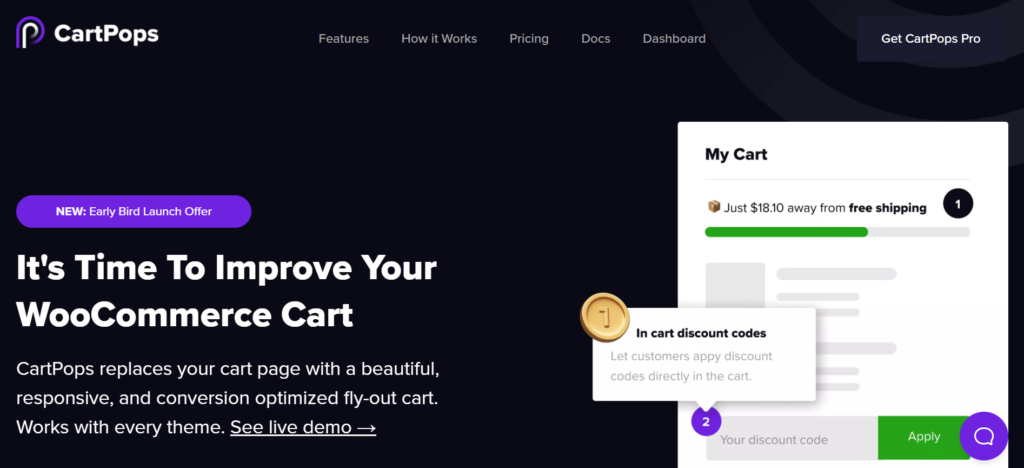
6. Cartoon Illustrations
Cartoon Illustrations are a type of digital art that has been around for a while, but has recently gained more popularity. This trend in the industry is being fueled by the increasing capabilities of digital artists and designers. The cartoon illustration trend is expected to continue in 2021. The reason behind this trend is because it’s aesthetically pleasing to consumers, it’s cheaper than other forms of digital art and with its simplicity, it provides an easy way for consumers to remember what the website looks like. A really cool example for cartoon illustration is Tom’s pie.
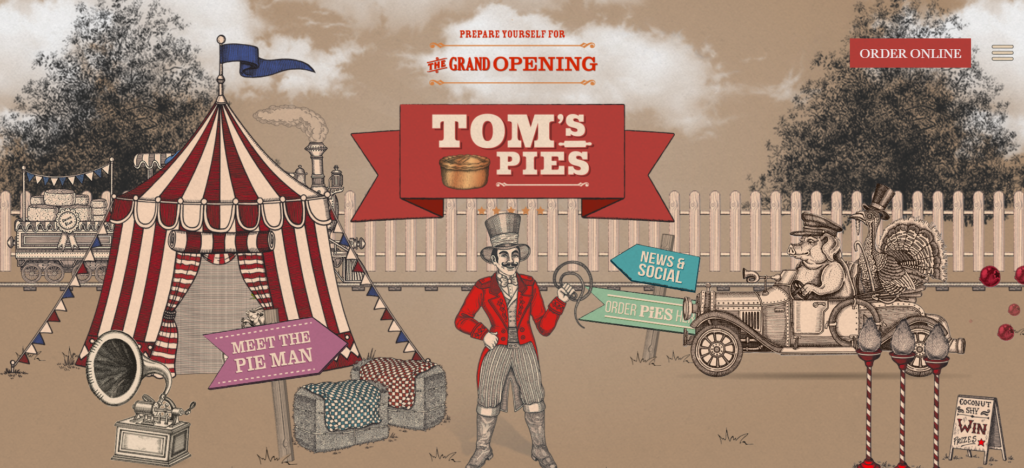
7. Abstract art compositions
Abstract art compositions are a great way to create a website that is visually appealing and showcases the company’s creativity. Abstract art compositions are not just popular in the world of art. They are also becoming one of the most popular trends for web design and development. These designs are so popular because they are clean, visually appealing, and can showcase creativity at its finest.
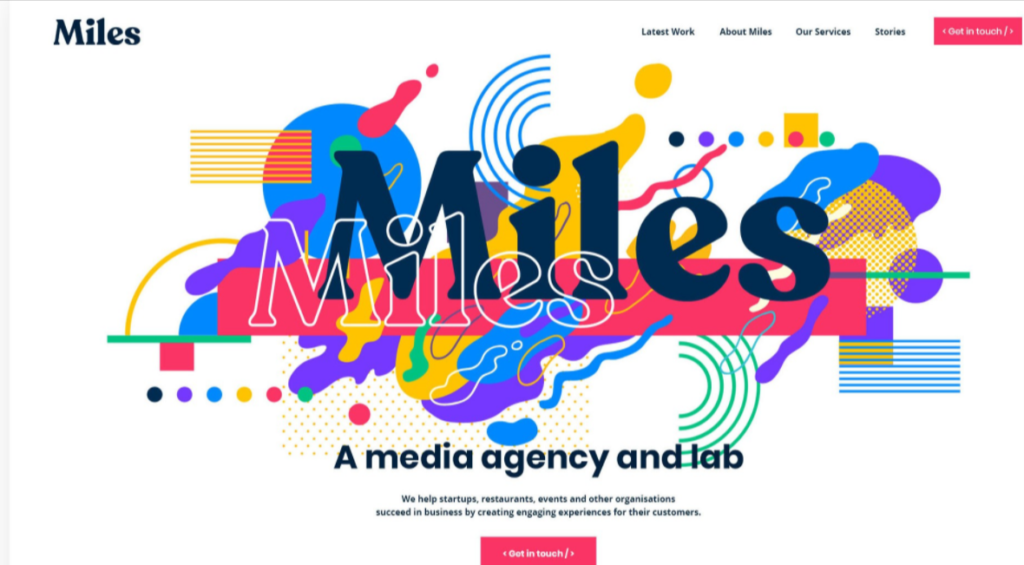
8. Video
Video is a design trend that has been growing for quite some time now. We have seen it used in different marketing campaigns, social media and even content creation. In the year 2021, video will be a big player in website design because of the expectation that we are going to be seeing more mobile traffic. Mobile users are accustomed to videos and they often use them as a replacement for text based content on their phones. One good example of video use in design is Oasis at grace bay.
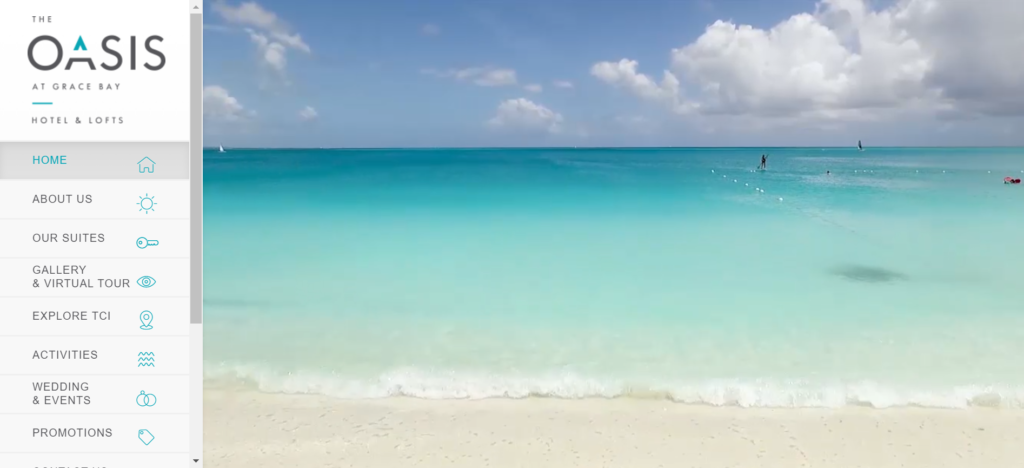
9. Pastel colors
Pastel colors are a softer and cheerier alternative to the bright neon of the 90s. Pastels are muted and lighter than their counterparts in the color wheel, often seen as perfect for low-contrast visuals on websites. They are also great for promoting a sense of freshness and light heartedness. This trend is predicted to last from 2020 through 2021. Carbon made has used some excellent pastel color combinations on their website.

10. Scroll Effects
2019 has seen a number of websites change their design to include scrolling effects. With 2022 on the horizon, we expect to see an increase in website design trends that include scrolling effects. The way that we consume information has changed drastically over the past few years and this trend is not going to stop anytime soon. As a result, websites are evolving quickly in order to give us an even better experience. Scrolling effects are one example of how designers are adapting to this new way of consuming information. Check out Green Meadow for some really cool scroll effects that you can take inspiration from!
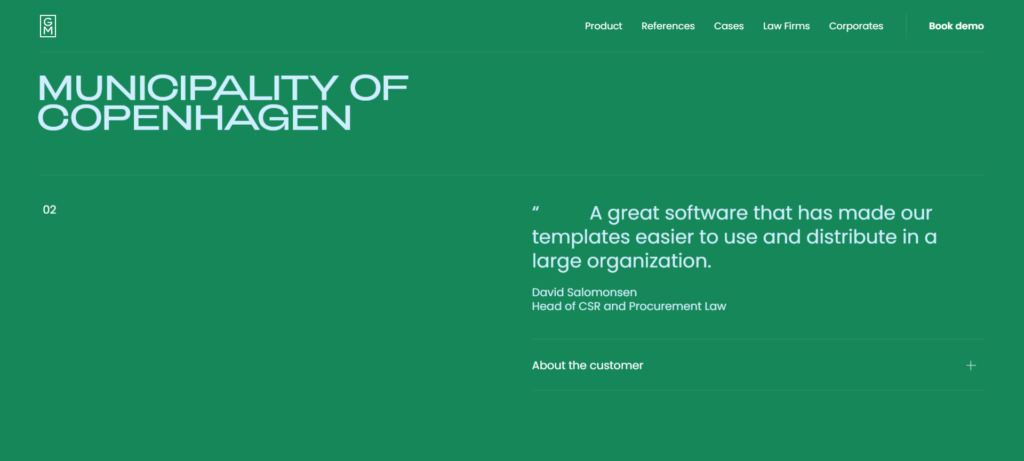
11. Audio
It seems that audio is making a comeback as a design trend for 2021. Websites with audio can be entertaining, attention-grabbing, and interactive. One of the reasons that it has been such an effective tool in web design is that the human brain processes audio much faster than text or video. This provides content creators with a new way to use sound to engage with their readers and provide more information without overwhelming them with large blocks of text or flashy images. Nicolas Errera’s site has a great video background that starts on click. It also has a subtle animation to show the page viewer how far into the video they are.

12. Augmented reality
Augmented reality (AR) is the integration of digital information with the user’s environment in real time. Augmented reality can be used to give customers a more interactive and engaging experience by making them feel like they are part of your brand. With the introduction of new AR features such as Apple’s ARKit, Google’s ARCore, and Facebook’s 3D Objects, augmented reality has become more accessible to developers. As a result, augmented reality will be an important website design trend in 2021 due to its ability to improve customer engagement on mobile devices.
13. Scrollytelling
Scrollytelling is the newest trend in web design. It is a way to tell a story with images and text by scrolling down the page. Scrollytelling allows people to easily read through any content that they want to see. The scrolling system on scrollytelling websites is not limited to vertical scrolling. It moves horizontally, vertically, and even diagonally. NASA Prospect is an interactive experience that tells the story of astronauts exploring our solar-system in the aftermath of a global disaster.
14. Custom Cursors
Cursors are one of the most underrated aspects of web design – while many people only think about a plain-old arrow, a well designed cursor can have an impact on your users’ experience. This is the perspective of the future. Web designers are considering this new trend because it provides a new way to engage with web users who can now interact with your website in a more personal way. The Pen Tool takes their circular cursor one step further, with animation and text coming together, by providing a dynamic user experience.

15. Flat design
Flat design is not just about making the website more aesthetically pleasing, it can also make it more functional and user-friendly. In addition, it reduces costs by simplifying the designs and removing expensive materials like bevels or gradients that may be used in other styles of web design. 450 GSM is a classic example for a simple flat design website.
The Future of 3D Websites in Website Designing
The future of 3D websites in website designing is promising. All the major browsers now support WebVR and WebGL, which means that 3D content can be viewed with any device. The future of 3D websites will not only involve more interaction but also video and audio as well. As the technology powering Virtual Reality becomes more advanced, these types of websites are poised to become an integral part of the VR industry. People will be able to fully experience content in a more immersive way, which will also allow for enhanced engagement and retention rates.
Conclusion: The Future of Website Design is Bright
Web design and development is changing rapidly, and it’s only natural to wonder what this means for the future. One thing is certain: the web design industry will continue to grow as more people turn to the internet for information. This shows that the future of a website designer is bright with plenty of opportunities in this era of growing technology.
Stay informed



4. 3D Visuals

5. Darkmode

6. Cartoon Illustrations

7. Abstract art compositions

8. Video

9. Pastel colors

10. Scroll Effects

11. Audio

12. Augmented reality
13. Scrollytelling
14. Custom Cursors

15. Flat design





